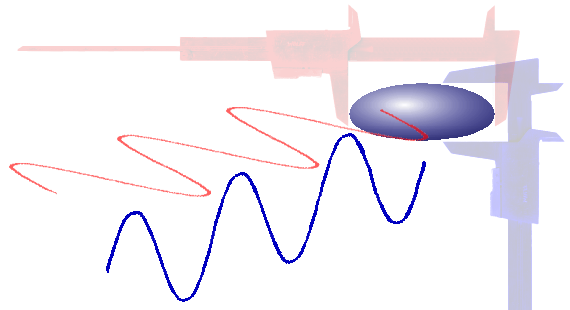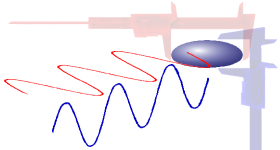Dual Polarisation Radar

Figure 1: Stylized measurement processes of polarimetric radars

Figure 1: Stylized measurement processes of polarimetric radars

Figure 1: Stylized measurement processes of polarimetric radars
Dual Polarisation Radar
Another method for hail detection uses dual polarisation. The radar transmits and receives linear polarised signals and switches rapidly between horizontal and vertical polarisation, either between individual pulses or groups of pulses.
More modern polarimetric radar sets, like the METEOR 1500 of Gematronik, send even both polarization directions simultaneously. The two returns are referred to as ZH and ZV and from these the differential reflectivity ZDR is calculated. In moderate to heavy rain the rain drops are large and as they fall they flatten to become oblate spheroids, giving a stronger echo for horizontal polarisation.



The dielectric constant of solid ice is about 20% of that of water and therefore particle shape has a much smaller effect in hail than in rain. Also hail particles tumble as they fall so ZDR will be small. Hail is identified by high ZH and low ZDR. If even ZDR results less than one should appear (or a negative Decibel- value), this is a typical sign for hailstones. Only these can fall down in vertical orientation finally!
